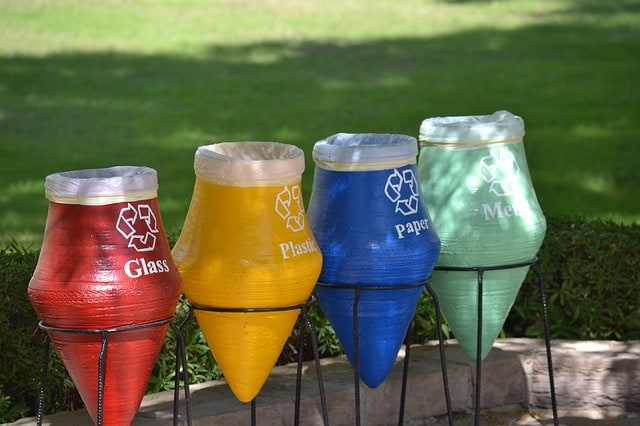We currently live in a society where there is overconsumption. This comes with increased garbage, which is a great problem. Each and every year, we recycle more but still end up with more garbage owing to the greater demand for goods.
But thankfully, even as the garbage levels increase, few people are on board to help develop solutions.
The three R’s, which include reduce, reuse and recycle, all function by helping to reduce the amount of waste people throw away.
That said, they help conserve landfill space, natural resources, and energy, among others. These three R’s also help save money and the land used to dispose of waste in landfills.
Acquiring and setting up a new landfill usually comes with great difficulty as it comes with great public opposition and is expensive because of environmental regulations.
Reduce functions by ensuring that the waste is not produced at all. Reuse, on the other hand, involves using once-used products so that limited waste is thrown away. It helps as it reduces environmental and economic waste in the process.
The last R, standing for recycling, is a complex process that involves taking used materials and re-manufacturing them through some set processes, then selling them as new. It can be done both at work and at home.
If people are to reduce the amount of waste that goes into our landfills, they must follow the three R’s.
35 Amazing Ways to Reduce, Reuse, and Recycle
1. Avoid Using Disposable Goods, Such as Lighters, Paper Cups and Plastics
Throwing these objects contributes to greater problems, as they have to be replaced over and over again. And every time these goods are disposed of in landfills, there is the probability that they may form breeding sites for diseases.
Besides, after these materials are used, they must be replaced each time, which is costly.
2. Purchase Products Made from Recycled Materials
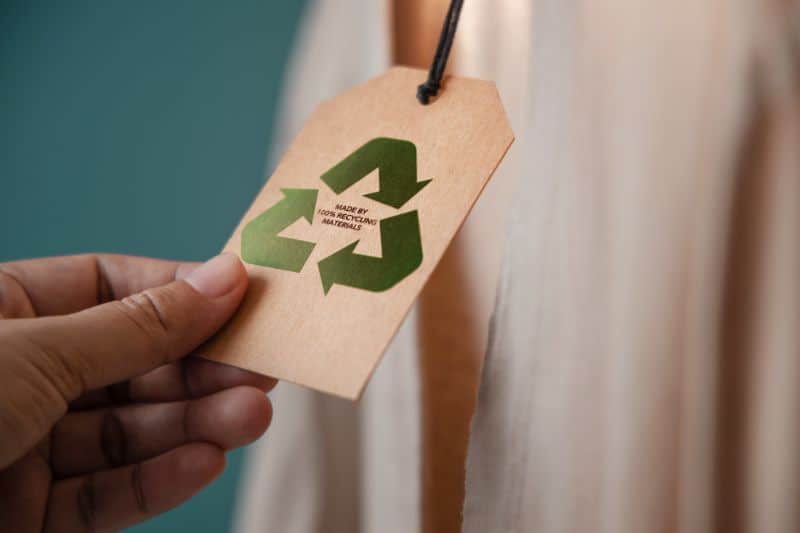
A product with the recycle symbol means that it has been made from recycled material or can be recycled.
This is common in plastics, and that’s why most come with this recycling symbol, usually with a numbered code showing the type of plastic resin this container is made of. Timber can also be recycled timber for use in functions such as making furniture.
3. Use Cloth Bags when Buying Groceries or Reuse Grocery Bags
Even when your grocery store offers a plastic alternative, using a cloth bag is a great way to reduce the amount of plastic paper in landfills. Some stores even offer a discount for anyone using an eco-friendly bag!
4. Instead of Using Plastic Wraps, Use Resalable Containers
When plastic bags are used once, there is a need to acquire new ones over and over again; however, resalable containers can be used only once and reused. This cuts down on costs a lot.
5. Donate to a Charity or Sell Old Clothes, Furniture, Toys, or Appliances
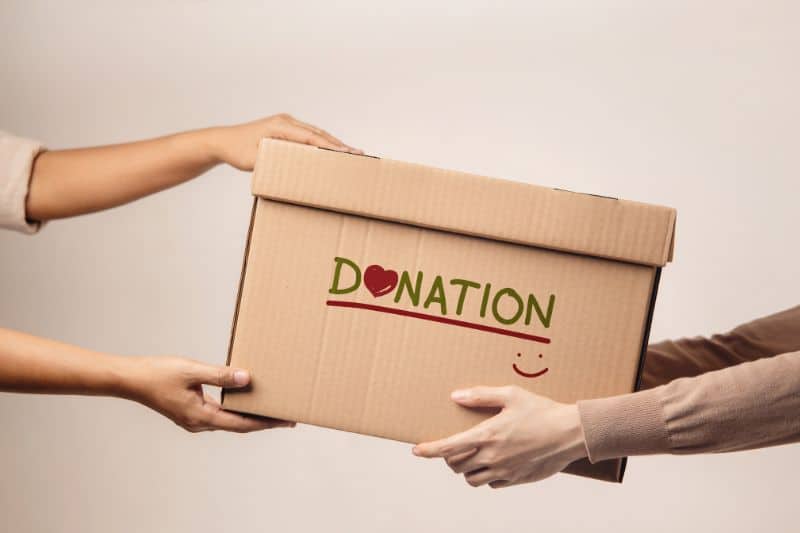
Most items, especially furniture, can be sold in garage ads and sales when you need to change your furniture. Instead of throwing away this furniture, which can be useful to another person, it can be sold to those willing to buy or donate to various institutions or individuals who require them most.
6. Instead of Paper Cups or Bottled Water, Use Coffee Mugs or Personal Water Bottles
The coffee mugs and personal water bottles are portable and can be reused every time. However, the plastic cups/bottled water has to be thrown away after each use, thus increasing the amount of waste to be disposed of.
7. Adopt Recycled Paper for Copier Paper, Letterhead and Newsletters
With recycled paper, there is reduced waste. In addition, the recycled variety is even cheaper and of high quality.
8. Ensure You Buy Products in Bulk

Purchasing large quantities of economy-sized products usually uses less packaging and costs less per amount. Once a person purchases goods in bulk, it will take long to buy new ones. Besides, lee packaging will be used as it is only packaged once.
9. Avoid Those Goods that Are Over-Packaged
There are some goods that are packed with so much material, such as plastic, foil and paper. While these materials may be best for their use, one has to pay more for these packages, which is so expensive.
10. Encourage People to Buy Products Made from Materials Collected, Particularly for Recycling from The Community
If the community has decided to recycle some objects so people can reuse them, it is right that people are informed about these products to increase their awareness and use them more.
11. Learn to Reuse Products in Different Ways
For example, plastic microwave dinner trays can be used as picnic dishes. Similarly, coffee cans can be used to pack lunch. When an object can be used for one function or purpose, it can similarly be used to perform other functions. This helps save on purchasing another material to perform other functions.
12. Products Can Be Reused for The Same Purpose
Broken furniture, appliances and toys can be repaired. We can also save on plastic bags and paper. A person can carry their water bottle or even reuse water bottles. This is another form of “reuse.” A new water bottle each time is not always necessary, nor is it always better. You’ll be helping your environment and also saving money.
13. Instead of Using Paper Napkins, Cloth Napkins Can Be Used
While disposable napkins are more convenient, those made of cloth are the best environmental options. Additionally, people can use refillable products such as cleaning products, body sprays and foodstuffs like juices.
14. Use Washable Table Napkins Instead of Paper Napkins
Cloth napkins are usually much larger and more absorbent than paper products, and they can equally dress up your dinner table.
15. New Baby? Buy Washable Cotton Diapers

If you select those with Velcro wraps, they are just as convenient and may even be cheaper than disposable diapers. Check the yellow pages to see if there is a diaper service in your area, or look for them at yard sales or charitable outlets.
16. Use Electronic Mails Instead of Using Papers and Envelopes
When conveying some information to someone at work or out of the office, papers may be used, especially when writing notes manually. So much paper is used; instead of such waste, electronic mail may be used, which does not involve any wastage or something that may destroy the environment.
17. Use Dishcloths Instead of Using Paper Towels
Paper towels cannot be reused as they may soak wet. However, dishcloths can be used repeatedly until dirty and thus require cleaning.
When it comes to paper towels, there is a lot of wastage of resources as one has to use more than one each time, which is unlike the dish towels that can be used once in every session.
18. Instead of Using Several Files for Various Individuals, Adopt Central Files
A lot of paper is involved when making files for each individual, unlike when a central file is used. Here, all the information regarding the individuals is located in one central place; thus, not so much paper is used.
19. Use Two-Sided Copies
While sometimes we prefer one-sided copies when printing, the fact remains that this style of printing requires more paper. This is a wastage of resources and means that more trees have to be felled to create more raw materials to meet the high demand for paper. Opting two-sided copies can cut the use of paper by half.
20. Prioritize Durable Goods
Although durable goods typically cost more than their short-lived counterparts, they tend to last longer. Thus, a person saves money in the long run and saves landfill space. It takes very long for well-built products to be broken; thus, there is reduced disposal of the items.
21. One Can Wear Clothes that Do Not Require Dry Cleaning
This practice saves money and also cuts down on toxic chemical use.
22. Set up An Electronics Recycling and Hazardous Waste Collection Session
This initiative can be left in the hands of the government. During this time, the used electronic materials are donated or even sold to people who can reuse them instead of buying new ones.
23. Making Disposable Funnels from Soda Bottles
Soda remains the most consumed soft drink in the world. This means it has a great potential to produce a huge deal of waste.
But how about using the plastic soda bottle to make disposable funnels from half of the bottle? It can save you a few spills and some coins.
As for the bottom half of the bottle, don’t worry; it can be used as a plant greenhouse, and similarly, a scoop from the bottom half can be made.
24. Old Newspapers Can Be Reused in Several Ways
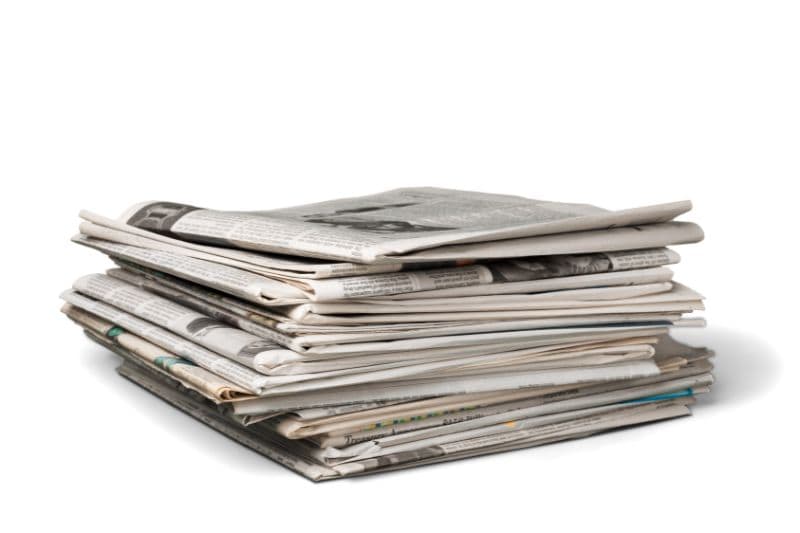
Have a huge pile of newspapers you no longer need? Don’t worry! There are a plethora of applications where they can come in handy!
Firstly, they can be used as wrap packages in food stores. Secondly, they can make a great companion if you have large shoes to make them tight.
Thirdly, old newspapers can protect wet clothing and even muddy car seats. Old newspapers can also dry and then polish windows after washing. They can also be used to start fires, and that’s not the end of it yet! It all comes down to how far you can get creative.
25. Work Closely with Collection Centers
One can check various collection centers and even pick-up services to see what they accept and commence collecting those materials. The materials that can be collected include newspapers, plastics, paper products and even oil.
26. Be A Good Advocate
At the workplace, speak with the managers and ask them to purchase products that can help cut down on waste, like products that are not over-packaged or even recycled products if at all they aren’t doing it yet.
Recycle products are cheaper than those that are not, despite the high quality. When products are over-packaged, their costs are reflected in the product’s final cost. The customer, therefore, is the only one who bears this cost.
27. Recycle the Small Used Materials
Small patches of used soap can be collected and reused for other activities so they are not thrown away.
28. Make Composting Your Friend
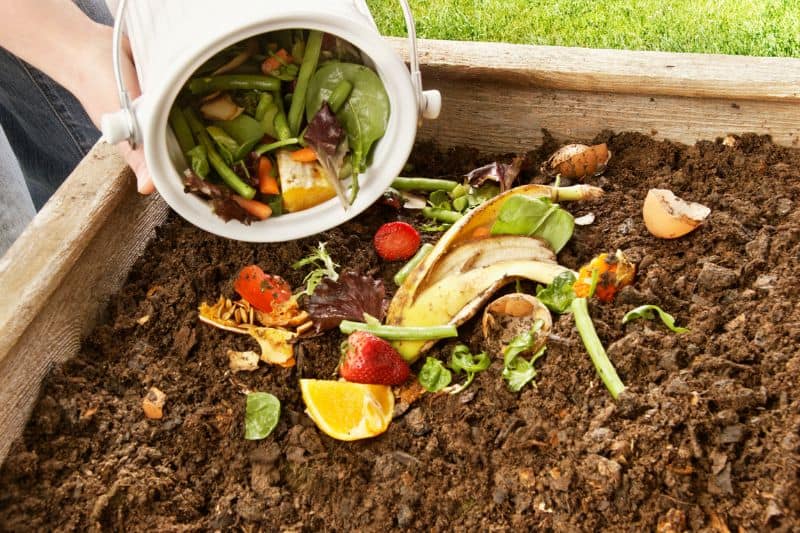
Create a compost bin and throw food scraps and various yard wastes into your compost bin. You can use leaves and yard trimmings to supplement the compost.
29. Embrace Vermi-Technology
Composting is often considered a throwback technology, but the vermi-technology can turn organic waste into usable mulch in a fraction of the time it normally takes.
30. Worms Can Turn Our Old Food Into Plant Food
It’s called vermicomposting. Make a dark house of wooden or plastic bin or other non-metal containers for the worms to live in. A. Make drain holes near the bottom. Fill the bin with moist bedding.
Bedding can be paper or newspaper shredded leaves, straw, peat moss, or sawdust. Make sure the bedding is kept very moist, like a sponge. Change the bedding once or twice a year.
Feed the worms with fruit, vegetables, coffee grounds, bread, and leaves. Dig a hole in the bedding, dump the food, and cover it up with bedding. Pick a new spot each time you add food. Keep them damp and warm. Add water if the bedding feels dry, but ensure the excess water can drain away. Cover the bin with plastic or a tarp during freezing weather.
31. Buy Second-Hand
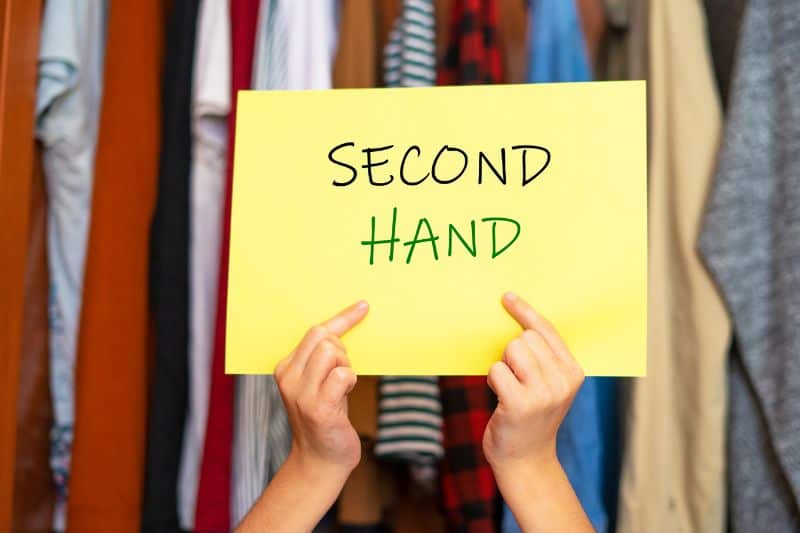
Textile waste is rampant in the United States, and purchasing your clothing from second-hand stores will provide you with quality, low-cost clothing that benefit you and the environment.
32. Use Recycling Services
Did you know that if you start recycling, you can save 9 cubic yards of landfill space by recycling only one ton of cardboard? Over 87% of citizens in the U.S. can have their recycling picked up curbside. Utilizing trash removal and recycling services can help you to manage waste effectively.
33. Use Cloth Gift Bags and Stop Ripping the Paper Off Gifts!
You can use it again if you remove the wrapping paper carefully; there’s nothing wrong with doing just that! You use canvas or cloth gift bags that can be used in many other ways. That’s a bonus with a gift!
34. Update Your Computer

Think that your laptop needs a new look? Do you want a larger RAM, or are you considering switching to a bigger HDD or SSD? Buying a new computer can be an easy way to get all the features you need in one device.
But how about you furnishing the current one instead? It’s cheaper and will save the amount of e-waste that ends up in landfills. Even more, it will save natural resources, considering that computers need some metals like copper, bolt, and cobalt to be used in their manufacture.
35. Get Knowledge
Read more and more about the 3 ‘R’s – Reduce, Reuse, Recycle. It is simple and all about minimizing the amount of waste we produce, reusing products as much as possible and remembering to recycle any materials that can be used for a new purpose.
Real environmental changes can be made by reducing, reusing and recycling materials. People should, therefore, embrace these ideas to make the world a better place.
